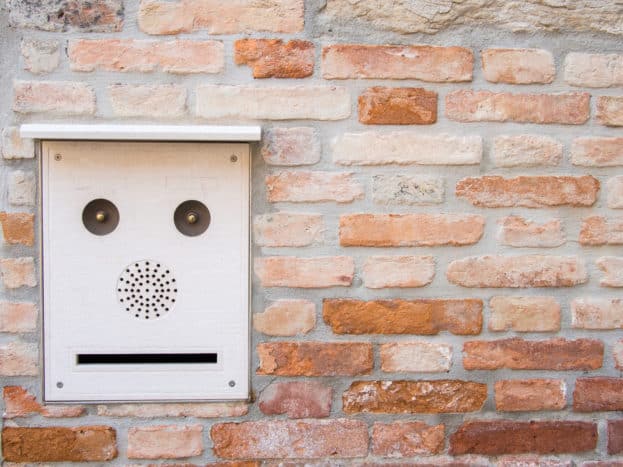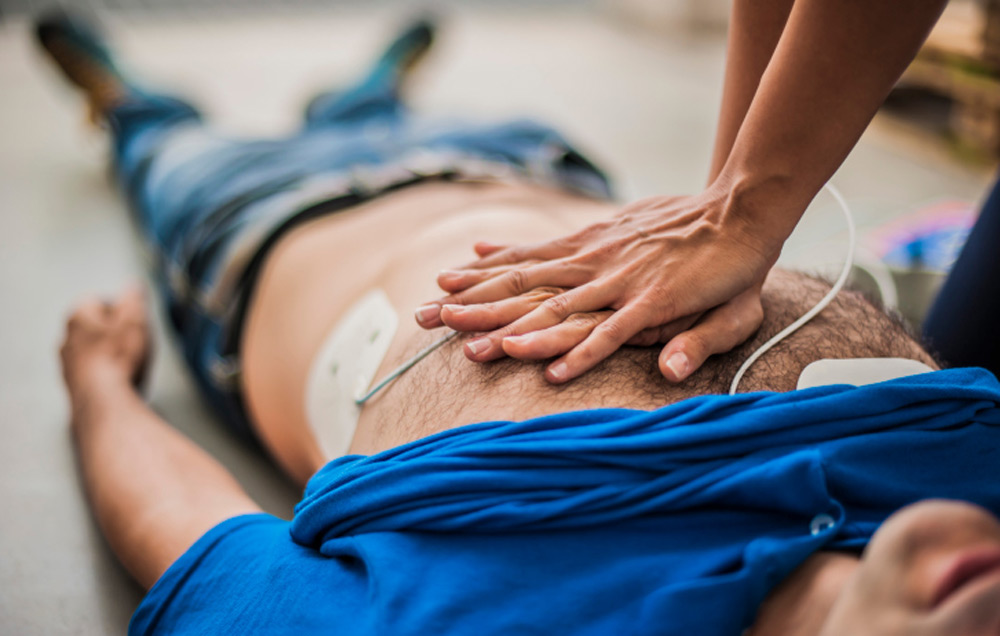Contents:
- Medical Video: Hilarious Examples Of Pareidolia In Everyday Objects 👀
- What is Pareidolia?
- Is this phenomenon a disease?
- Lewy body dementia
- Parkinson's disease
- How can a doctor confirm a diagnosis?
- Can Pareidolia be treated?
Medical Video: Hilarious Examples Of Pareidolia In Everyday Objects 👀
When you see the picture of the house above, what comes to your mind? Most people certainly think that the house looks like the face of someone who is scared or shocked. Or have you ever gazed at a cloudy sky, then seen a bunch of clouds that looked a lot like someone's face, complete with his expression? Well, this is what is called Pareidolia.
Maybe some of us have experienced this phenomenon ourselves. So, is this a normal condition or is it a symptom of a particular disease? Let's get to know more about this condition.
What is Pareidolia?
Pareidolia is a psychological phenomenon in which a person can recognize a certain shape, pattern, or object — usually the face — whereas what is seen is inanimate objects. In health science, phenomena like this are sometimes classified into visual illusions (mistakenly capturing and interpreting images) or even visual hallucinations (as if seeing a face when there is nothing).
Globally, there is no data yet on how many people have or are experiencing Pareidolia. However, it is estimated that quite a lot of people have experienced this phenomenon, where there are more women than men.
Is this phenomenon a disease?
The human brain has an area that is responsible for the recognition and perception of the face, namely the front (frontal) and side (temporal) of the brain. Some experts argue that some people are indeed born with a tendency to directly process an inanimate object into certain facial parts so that Pareidolia is considered something normal, nothing to worry about.
However, other groups of researchers argue that the emergence of this phenomenon can be a symptom of other diseases, especially those related to the human central nervous system.
After all, this also depends on how often you experience this phenomenon. Is it still reasonable like people in general? Or is it too often that your daily activities are interrupted, for example because you often think someone or face is watching your movements, even though there is nothing?
If indeed you experience it very often or when you experience it you really believe seeing someone's face, there could be certain problems with your health. Some of the diseases that are often associated with pareidolia are:
Lewy body dementia
One symptom that appears quite often in people with lewy body dementia is visual hallucinations, which account for up to 70 percent of all patients.
Visual hallucinations arise due to degeneration of certain parts and the presence of a buildup of Lewy body (a type of plaque in the form of protein) in several areas of the brain. As a result, patients often see certain figures, people, or animals that don't exist.
Parkinson's disease
Parkinson's disease is a disease that is quite common in society. Diseases with sufferers are slow and accompanied by small steps are believed to arise due to an imbalance of regulating substances in the human brain.
In a number of studies, people with Parkinson's disease also reported that they often see faces or figures of people who are actually not human, but inanimate objects. Some areas of the brain that are related to perception of vision and hallucinations are believed to play a role in this.
How can a doctor confirm a diagnosis?
Pareidolia is a phenomenon that can be diagnosed by carrying out tests containing certain images. The tested subject will then be asked his opinion about the image and the response will be assessed, especially if the subject says that he sees the image resembling something or someone.
This kind of test method is very subjective, really depends on the response of the person being tested. Doctors will also see other symptoms that are associated with a decrease in the cognitive function of a person's brain.
Can Pareidolia be treated?
For those of you who have experienced Pareidolia, there is no need to be afraid. Not necessarily this phenomenon is a disease because indeed until now there is no strong evidence between Pareidolia's relationship with certain brain diseases.
However, it is better to consult the complaints that you experience to health workers if it is felt to be very disturbing to your daily activities or there are concerns from the people closest to you.













